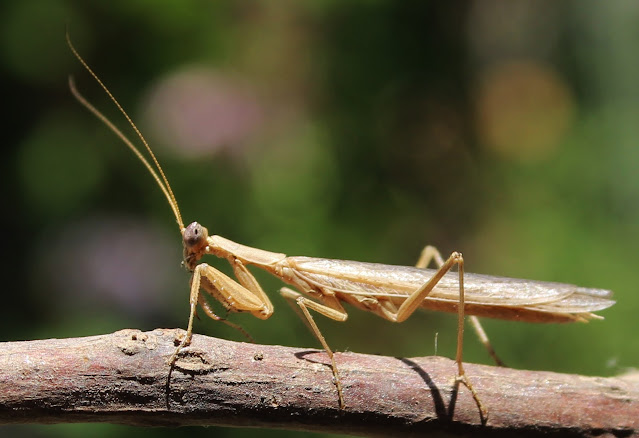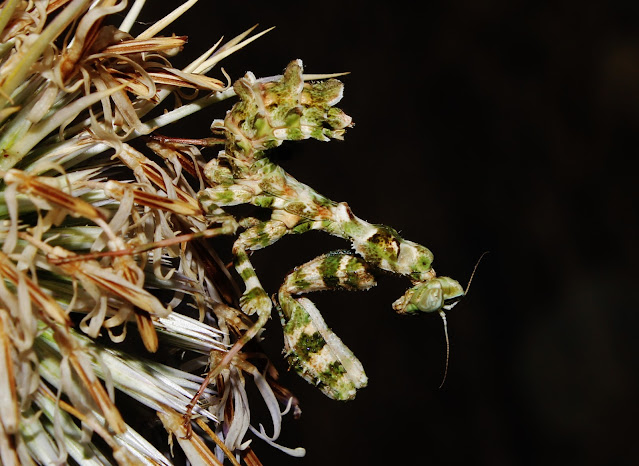Family: Mantidae
Mantis religiosa, with the common name praying mantis, and outside Europe the European mantis, is an insect in the family Mantidae. It is one of the most well-known and widespread species of the order Mantodea, the Mantis.
It is an example of a common name for a single insect species becoming used for a larger group of related species. "Mantis" now refers to the insect order Mantodea, and the other families, genera, and species within it. Other examples are "hornet" and "wasp."
Mantis religiosa is native to Europe, Asia, and Africa. It was introduced to North America in 1899 on a shipment of nursery plants from southern Europe. Now it is found from the Northeastern United States to the Pacific Northwest, and across Canada.
Despite being an introduced species, it is the official state insect of Connecticut.
The European mantis is usually 5–7.5 cm (2–3 inches) in length, and has shades of bright green to tan. It can be distinguished easily by a black-ringed spot beneath the fore coxae. From Wikipedia, the free encyclopedia
Photos Potamia 31/5/2011 by George Konstantinou





%20(14).JPG)
%20(9).JPG)






































%20-%20Copy.JPG)
